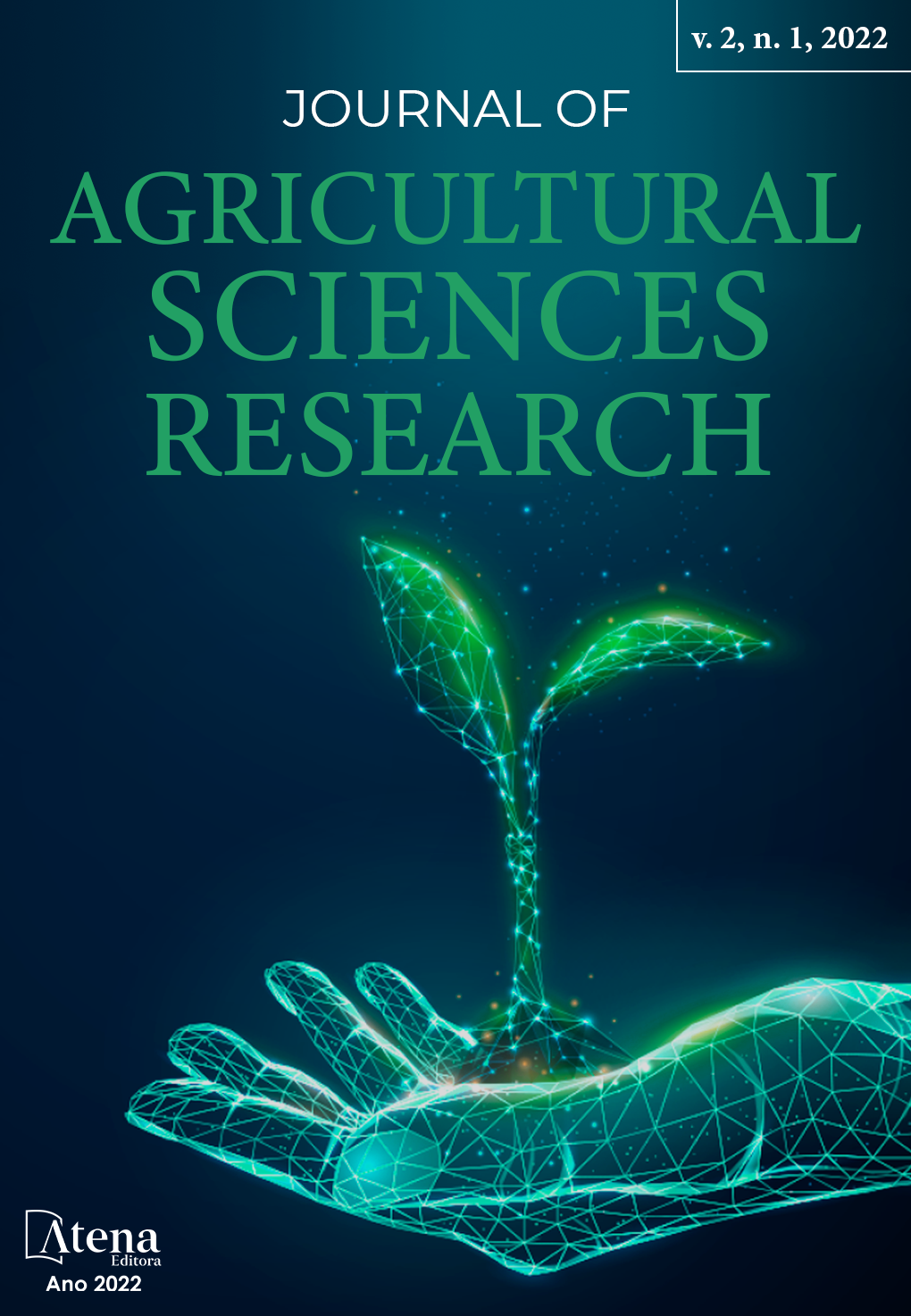
EFFECT OF SOY PRODUCTION COMPONENTS SUBMITTED TO DIFFERENT DOSES OF INOCULANT COMPOUND CONTAINING: Bradyrhizobium e Azospirillum brasilense
Brazil is now the world's leading producer of soybeans, and this is due, in addition to its economic importance, to the benefits provided by biological nitrogen fixation. For the maximization of its results, studies of new technologies are carried out, being the co-inoculation (Bradyrhizobium + Azospirillum brasilense) one of them. The present work aimed to evaluate, under direct sowing in sugarcane straw, the efficiency of co-inoculation in soybean in the sowing furrow with the use of the commercial compound inoculant recommended for co-inoculation in different doses of the product in production components. The experiment was installed in an area of sugarcane reform in the municipality of Arranha-SP. The experimental plot consisted of seven lines of 15 m in length, and the spacing between lines of 0.45 m and the cultivar used was HO IGUAÇU (64HO133) IPRO. The experimental design was a randomized block consisting of seven treatments with five replications, in a total of 35 experimental plots. Some parameters were evaluated in R8: grain yield, number of pods per square meter, average number of grains per pod, thousand grain mass and nitrogen content accumulated in the grains. For the conditions of the present work, taking into account the results, it is recommended to use the compound inoculant for co-inoculation in the sowing furrow at the highest doses of the treatments tested.
EFFECT OF SOY PRODUCTION COMPONENTS SUBMITTED TO DIFFERENT DOSES OF INOCULANT COMPOUND CONTAINING: Bradyrhizobium e Azospirillum brasilense
-
DOI: 10.22533/at.ed.973212214013
-
Palavras-chave: Biological nitrogen fixation, co-inoculation in soybean, Glycine max, sugarcane reform.
-
Keywords: Biological nitrogen fixation, co-inoculation in soybean, Glycine max, sugarcane reform.
-
Abstract:
Brazil is now the world's leading producer of soybeans, and this is due, in addition to its economic importance, to the benefits provided by biological nitrogen fixation. For the maximization of its results, studies of new technologies are carried out, being the co-inoculation (Bradyrhizobium + Azospirillum brasilense) one of them. The present work aimed to evaluate, under direct sowing in sugarcane straw, the efficiency of co-inoculation in soybean in the sowing furrow with the use of the commercial compound inoculant recommended for co-inoculation in different doses of the product in production components. The experiment was installed in an area of sugarcane reform in the municipality of Arranha-SP. The experimental plot consisted of seven lines of 15 m in length, and the spacing between lines of 0.45 m and the cultivar used was HO IGUAÇU (64HO133) IPRO. The experimental design was a randomized block consisting of seven treatments with five replications, in a total of 35 experimental plots. Some parameters were evaluated in R8: grain yield, number of pods per square meter, average number of grains per pod, thousand grain mass and nitrogen content accumulated in the grains. For the conditions of the present work, taking into account the results, it is recommended to use the compound inoculant for co-inoculation in the sowing furrow at the highest doses of the treatments tested.
-
Número de páginas: 19
- Elaine Cristine Piffer Gonçalves
- José Antonio Alberto Da Silva
- Fernando Bergantini Miguel
- Anita Schmidek
- Marcelo Henrique de Faria
- Regina Kitagawa Grizotto
- Ivana Marino Bárbaro-Torneli


